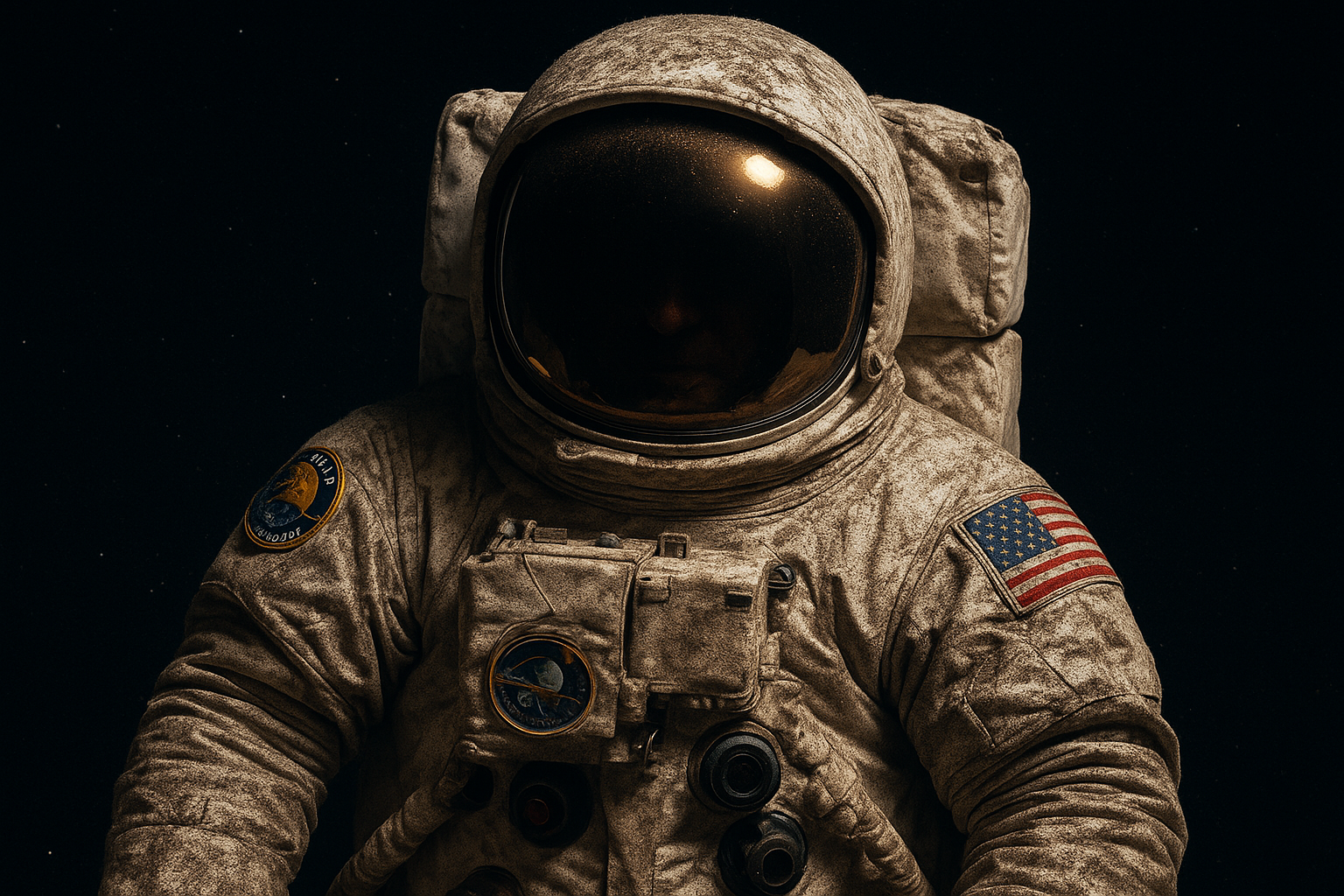The Perfect Plasma Laboratory
Why the Moon creates ideal conditions for dusty plasma physics
Photoelectric Effect
Solar UV radiation knocks electrons from dust particles
No Atmosphere
Vacuum preserves electric charges indefinitely
Surface Properties
Fine regolith provides maximum surface area
| Concept | What it means | Evidence |
|---|---|---|
| Photoelectric charging | Solar UV removes electrons from dust grains | Positive charge up to +20V in sunlit regions |
| Day/night variation | Charge polarity changes across lunar cycle | Dayside +20V, nightside -10V measured by Apollo |
| Electrostatic levitation | Charged particles rise above lunar surface | Apollo astronauts observed horizon glow phenomenon |
The physical mechanisms that make lunar dust plasma possible
Apollo's Shocking Discoveries
What astronauts saw that scientists couldn't explain
The Mysterious Horizon Glow
Light where there shouldn't be any
Apollo astronauts reported seeing a faint glow above the lunar horizon before sunrise—impossible unless something was scattering sunlight high above the surface.
Eugene Cernan's observation
Estimated height of dust cloud
🔬 The Plasma Physics Explanation
Electrostatic Levitation
Charged dust particles rise above surface
Light Scattering
Suspended particles scatter sunlight
Terminator Effect
Most visible at sunrise/sunset boundary
The Sticky Dust Problem
More than just dirt
Lunar dust proved unexpectedly problematic, clinging to everything with electrostatic forces that made it nearly impossible to remove from equipment and spacesuits.
Cameras, tools, seals
Respiratory irritation
⚡ Why Electrostatics Matter
Strong Adhesion
Electric forces exceed gravity by 1000x
No Easy Removal
Mechanical brushing proved ineffective
Mission Impact
Limited EVA time and equipment lifetime
Modern understanding
Day/night charging cycle
The lunar dust charging environment changes dramatically across the day-night boundary:
- Dayside charging: Photoelectric effect dominates, particles reach +20V
- Nightside charging: Electron collection from solar wind, particles reach -10V
- Terminator effects: Complex electric field gradients drive particle motion
Future mission challenges
Understanding lunar dust plasma is crucial for sustainable lunar exploration:
- Equipment protection: Developing anti-static materials and coatings
- Health safety: Minimizing dust exposure in habitats
- Resource utilization: Potential benefits of electrostatic dust manipulation
Recent AI applications
While the PNAS 2025 dusty plasma study focused on laboratory experiments, similar techniques could advance lunar dust research:
- Predictive modeling: Forecast dust behavior for mission planning
- Multi-scale physics: Connect atomic-scale charging to macroscopic transport
- Mitigation strategies: Optimize dust removal and protection systems
See also
- What is dusty plasma? — fundamental concepts
- Saturn's rings — another space plasma example
- Nonreciprocal forces — could affect lunar dust dynamics
Key references:
- Stubbs, T.J. et al. "A dynamic fountain model for lunar dust." Adv. Space Res. (2006)
- Colwell, J.E. et al. "Lunar surface: Dust dynamics and regolith mechanics." Rev. Geophys. (2007)
